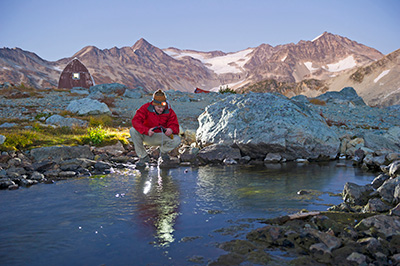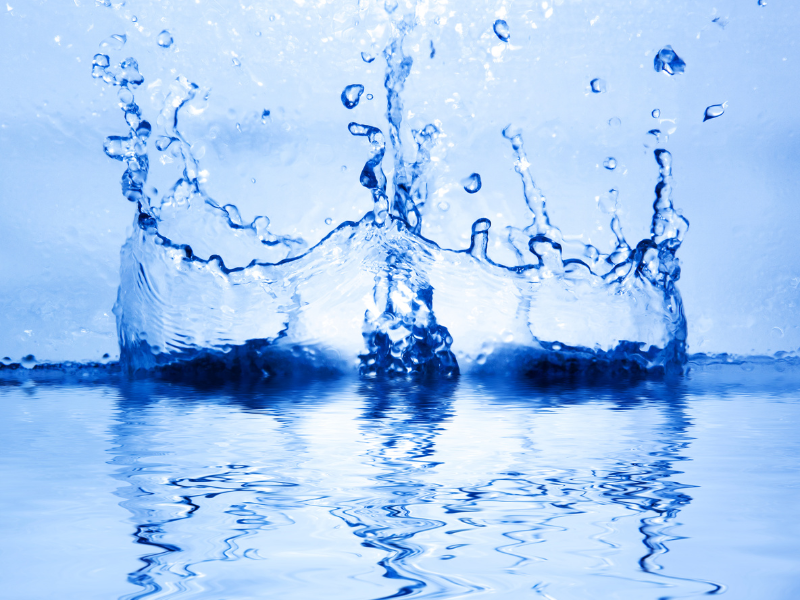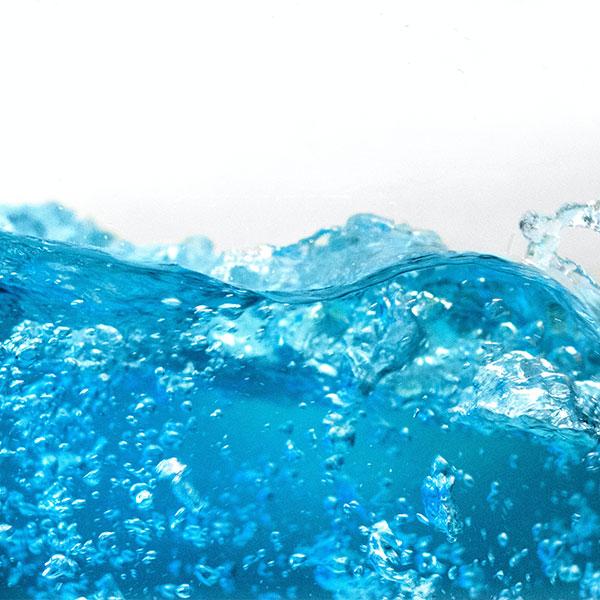While it is difficult to determine which item is most essential in a survival situation, you could certainly make a strong case for clean water. Water is used for numerous activities that can quickly become your top priority in survival situations like cooking, cleaning, sanitation and drinking.
Because water seems so easy to get before a disaster, you don't fully understand how much you rely on it until you find yourself without water or rationing your supply. In the past we've written about how to store water correctly and the need for rotating stored water frequently. Today, we want to take it a step back and discuss in detail the threat of untreated water and what you can do to make sure you and your family will have plenty of clean, treated water in a survival situation. 
What Is In Untreated Water?
To get a good idea of what might be inside your untreated water, trace the origin of the water back to its source. Rainwater picks up whatever is in the air as it falls, including dirt and acid. Surface water, like rivers and lakes, can contain algae, sediment and silt. If your water comes from a public supply like a well, it is possible that water could contain micro pests that thrive in areas with little sunlight and lack aeration. Water found near agriculture or urban developments can contain pesticides, herbicides and other pollutants that negatively affect water. And even water that is improperly stored directly on cement can attract toxins found in the cement. The real threat hiding inside untreated water are these micro-organisms: Bacteria, protozoa and viruses. Examples of bacteria strains found in water include E. coli, salmonella, Campylobacter jejuni and many others. Some of the more harmful protozoa that thrive in water include Giardia lamblia and Cryptosporidium paravum, parasites that can survive for weeks in cold water. And viruses like Hepatitis A and rotavirus sometimes take up to 4 hours in a chemical treatment to be eradicated. Water that comes out of your tap has been treated, and thoroughly. Unless you hear otherwise from your local community water system, it is safe to assume your tap water is safe to use for drinking, cooking and any other activity. For more information on your tap water, consult this booklet “Water On Tap: What You Need To Know,” from the EPA.
What Happens If I Drink Untreated Water?
The impact of ingesting untreated water at the less intense end of the spectrum starts with diarrhea or other prolonged intestinal discomfort. From there it can progress to vomiting, rashes, muscles aches, fever, chills and more serious impacts like neurological symptoms and jaundice. Depending on what kind of microorganism was in your water, the worst case scenarios result in contracting illnesses like botulism, cholera, dysentery and in rare cases death. We strongly advise you not to drink untreated water.
What Water Treatment Options Do I Have?
There are three main options for treating water: filters, chemicals and boiling. In this section we'll discuss the pros and cons of each option.
Filters.
This option is considered by many to be the easiest and safest way to treat water for drinking. Portable filters work by separating the microscopic critters that live in water from the actual water. Filters don't kill these creatures, but instead trap them and keep you from ingesting them. A water filter's effectiveness in catching these pathogens is determined by its pore-size efficiency. This is the measurement that describes the size of the microscopic openings in the water filter. The standard measurement of pore-size efficiency is called a micron, which to give you a reference point is 1/1,000 of a millimeter. As you look for a water filter for your emergency kit, make sure the micron size is at least less than 0.4 microns, as this is the threshold for removing bacteria from water. Protozoa and and parasites are much larger than bacteria, and can be removed from water with a filter of nearly any size.
Chemicals
Of the three main water treatment options, this option is used most often by those storing large amounts of water. These chemical treatments kill the bacteria and viruses living in the water. These treatments have been approved and certified by the EPA for human consumption, as opposed to chemical solutions made for cleaning. Two popular chemical treatments are iodine and chlorinate. Iodine, while lightweight and easily transportable, leaves a trace taste of iodine in the water, which affects the flavor of the water in a way that many find unpleasant. Because a small amount of chlorinate can purify a large amount of water, it is the treatment of choice for large stores of water.
Boiling
This option is an old standby, but tends to have more drawbacks than advantages. For starters it requires a good deal of fuel to heat water to its boiling point, which can be a precious resource in a survival situation. Secondly, boiled water can have a flat taste, which comes from the loss of oxygen in the water while it is boiling. And finally, the temperature of boiled water can present a problem if you need it right away, but can't use hot water. If you are boiling your water to purify it, boil it continuously for at least 5 minutes and then transfer it back and forth from one container to another to aerate the water.
Need for Water The Federal Emergency Management Agency has long suggested that storing one gallon of water per day per person is the minimum recommendation in an emergency supply kit. While you calculate how much water you should be storing, it is important to take into account your local climate, pets and the health of those who will rely on your water. And finally, you should know how much water you'll need to prepare the food in your emergency supplies, as different types of food require varying amounts of water. If you are still unsure of how much water you'll need, consult our ultimate water storage guide.















